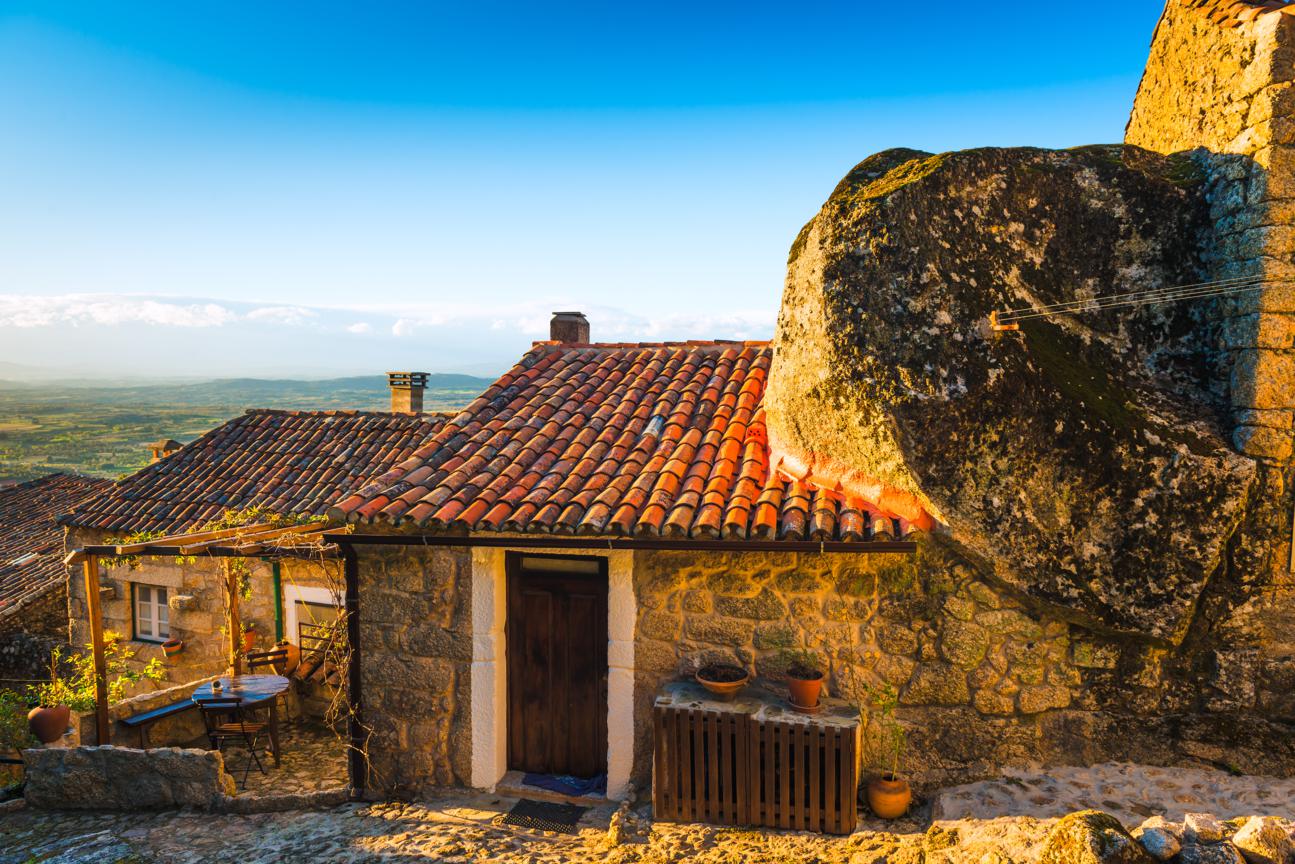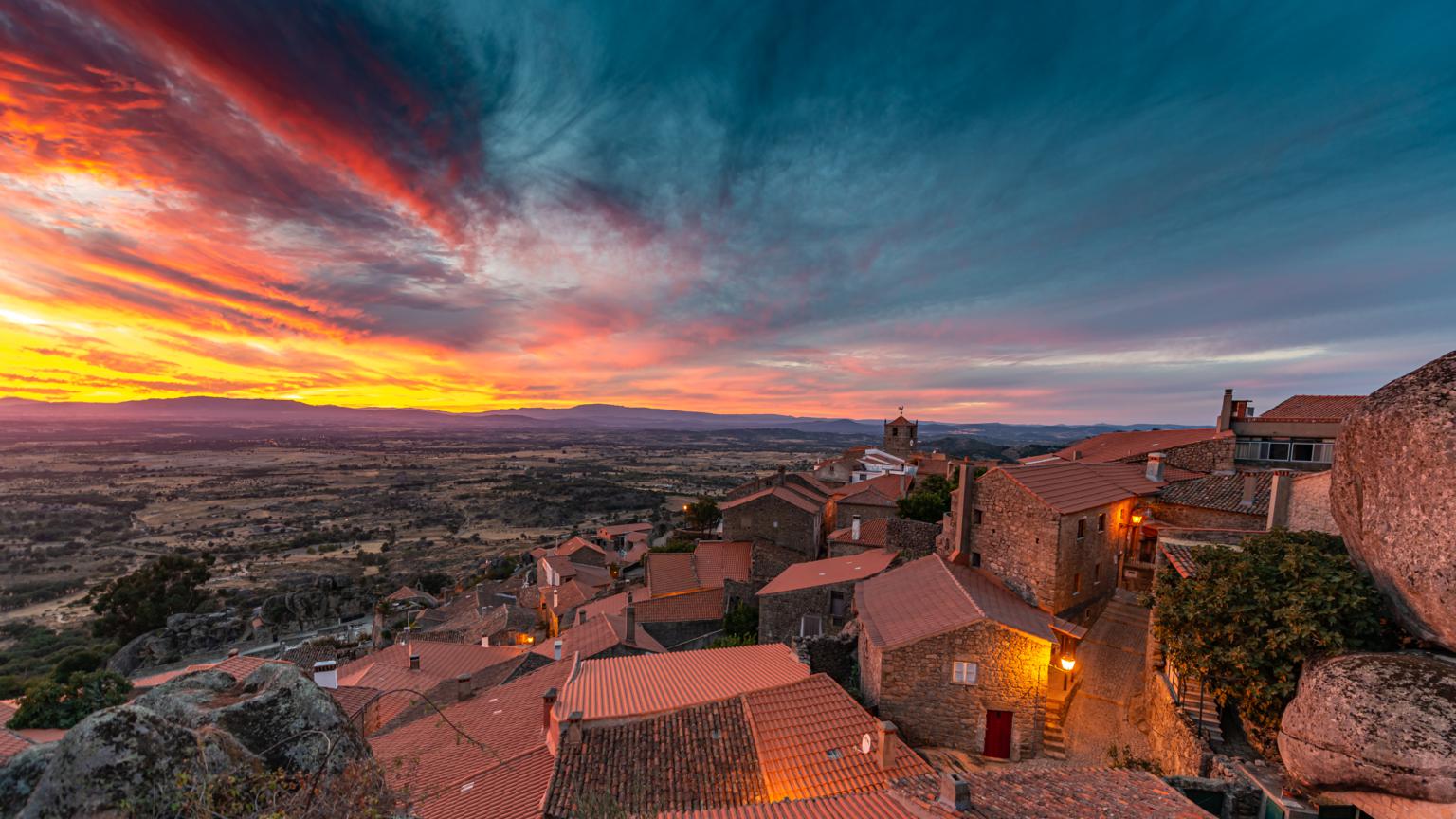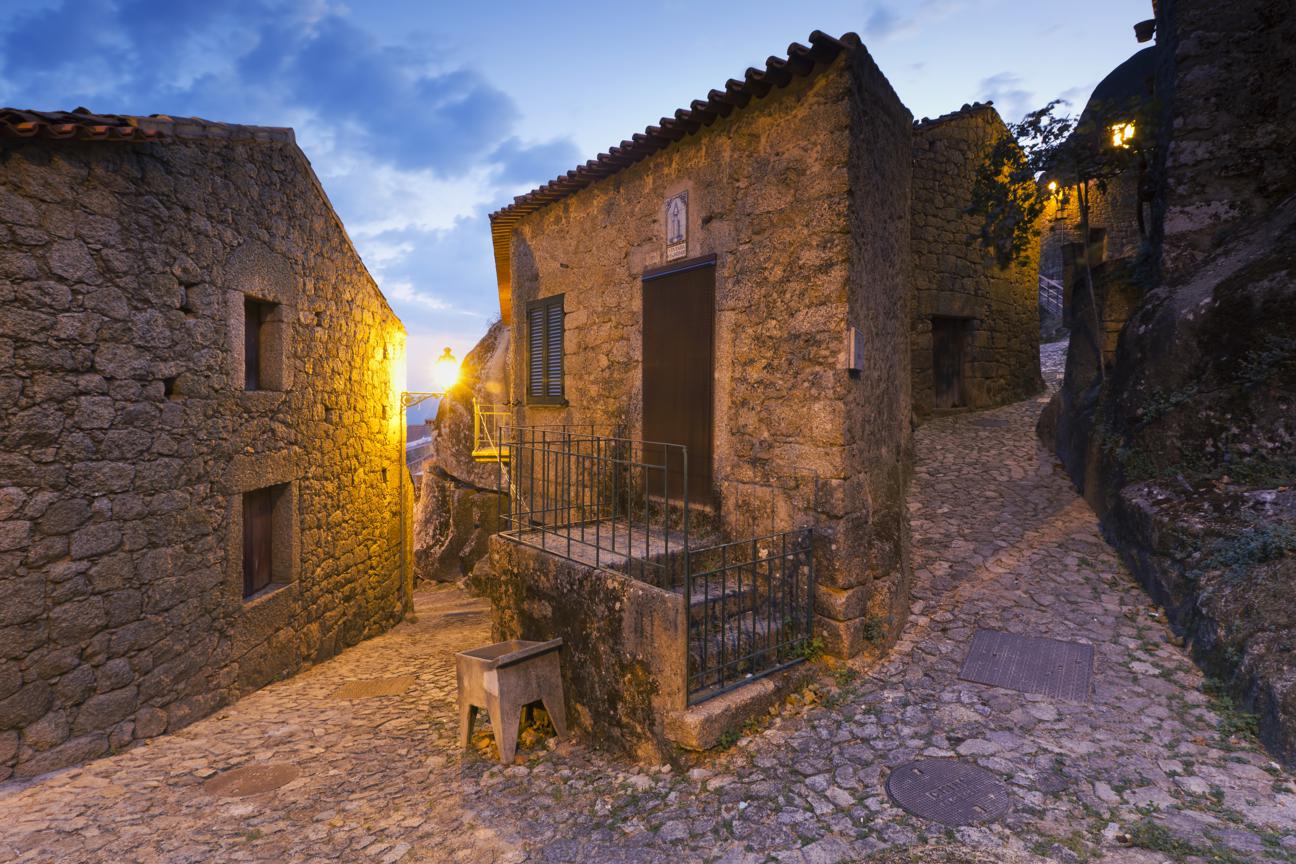Idanha-a-Nova: territorio Unesco / Idanha-a-Nova: Unesco territory

Territorio de la UNESCO, ubicado en el centro de Portugal, cerca de la frontera española, Idanha-a-Nova siempre ocupa un lugar en el corazón del visitante. Desde la fértil llanura hasta los acantilados de la montaña, desde la música hasta la gastronomía, Idanha-a-Nova seduce por su impresionante naturaleza, su riqueza patrimonial y su espíritu innovador y creativo. Pero lo que realmente hace que estas tierras de La Raya sean especiales es la gente: ¡encantadora! Antes de comenzar el viaje es necesario tener el pasaporte Idanha-a-Nova que permite acceder a todos los espacios de la red museológica y, a través de varios códigos QR, descubrir numerosos contenidos útiles. Más información en www.idanha.pt.

Cuatro de las aldeas de Idanha-a-Nova -Salvaterra do Extremo, Segura, Rosmaninhal y Zebreira- se encuentran en pleno Parque Natural Tajo Internacional, que pertenece a la Red Nacional de las Reservas de la Biosfera de la Unesco. Aquí, además de observar especies de aves en peligro de extinción, podemos contemplar las huellas del imperio romano, que están por todas partes, como el imponente puente sobre el Río Erges, afluente del Tajo, en Segura, que conectaba Mérida con la antigua Egitania -actual Aldea Histórica de Idanha-a-Velha-, donde se superponen restos visibles de vestigios de numerosas civilizaciones.

Todo el municipio pertenece al Geopark Naturtejo de la Meseta Meridional, parte integrante de la Red Mundial de Geoparques de la Unesco. La aldea de Penha Garcia constituye un punto de parada obligado para una visita por el importante interés de su Parque Icnológico en una garganta cuarcítica en el valle del Río Pónsul. Para los momentos de relajación, nada mejor que visitar las Termas de Monfortinho, justo al lado de Extremadura, utilizados en la época romana y ahora en funcionamiento con programas especialmente orientados hacia la relajación física y psíquica.

UNESCO territory, located in the centre of Portugal, close to the Spanish border, Idanha-a-Nova always has a place in the hearts of its visitors. From the fertile plains to the mountain cliffs, from the music to the gastronomy, Idanha-a-Nova seduces with its impressive green spaces, its wealth of heritage and its innovative and creative spirit. However, what really makes these lands in the Raya area so special is the people: utterly charming! Before commencing the trip it is necessary to have the Idanha-a-Nova passport which grants access to all the places in the network of museums and via various QR codes, discover numerous useful contents. More information can be found at: www.idanha.pt.
Four of the hamlets in Idanha-a-Nova -Salvaterra do Extremo, Segura, Rosmaninhal and Zebreira are located right in the heart of the Tajo International Natural Park, which is a part of the UNESCO National Network of Biosphere Reserves. Here, besides observing species of birds which are in danger of extinction, we can contemplate the imprints of the Roman Empire, which are to be found everywhere here, such as the imposing bridge over the Erges River, a tributary of the Tajo, in Segura and which connected Mérida with the ancient Egitania – the present day Historic Hamlet of Idanha-a-Velha-, where the traces of the visible remains of several civilizations are stacked up.
The entire municipality is a part of the Naturtejo Geopark in the Southern Plateau, an integral part of the World Network of UNESCO Geoparks. The Penha Garcia hamlet forms an obligatory stop to visit due to the highly valuable Parque Icnológico which is in a quartzite gorge in the Pónsul River valley. For those moments of relaxation, there is nothing better than visiting the Termas de Monfortinho, right next to Extremadura, and which in Roman times were in use and nowadays are in operation with programmes that are especially designed for physical and mental relaxation.







